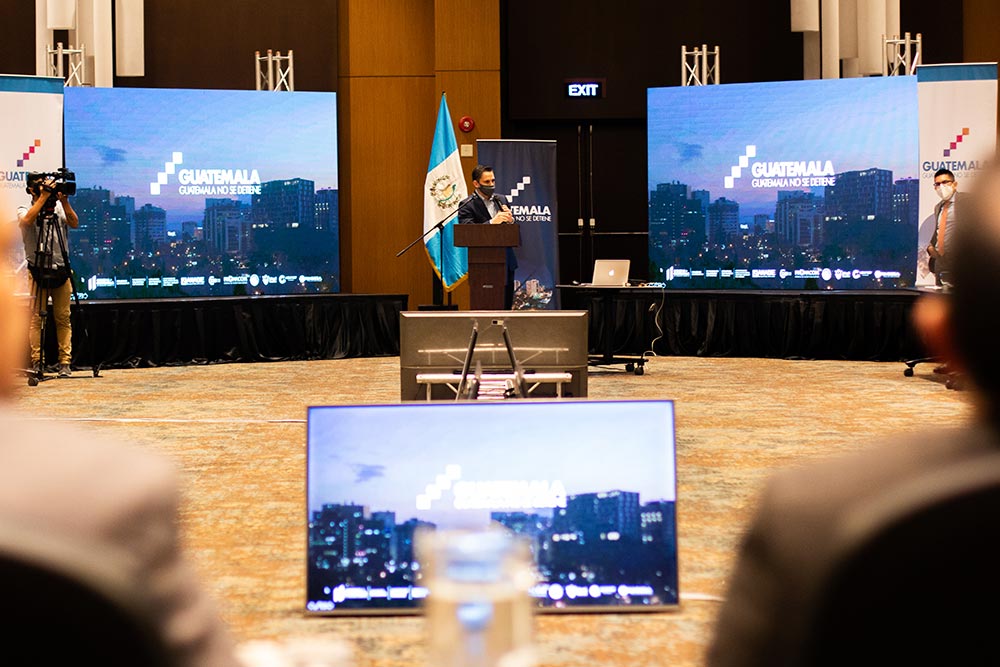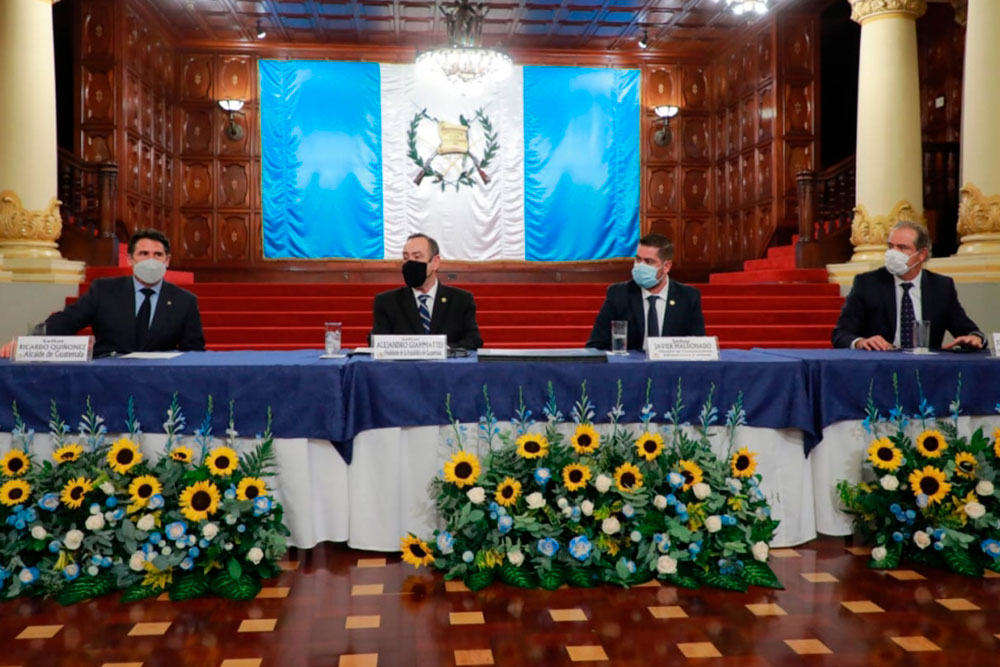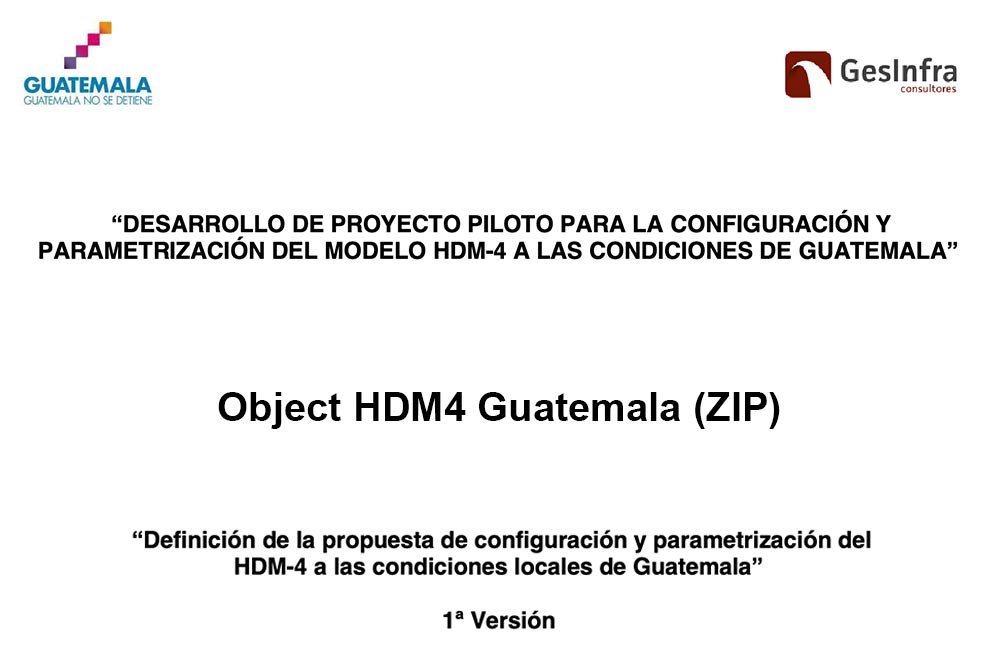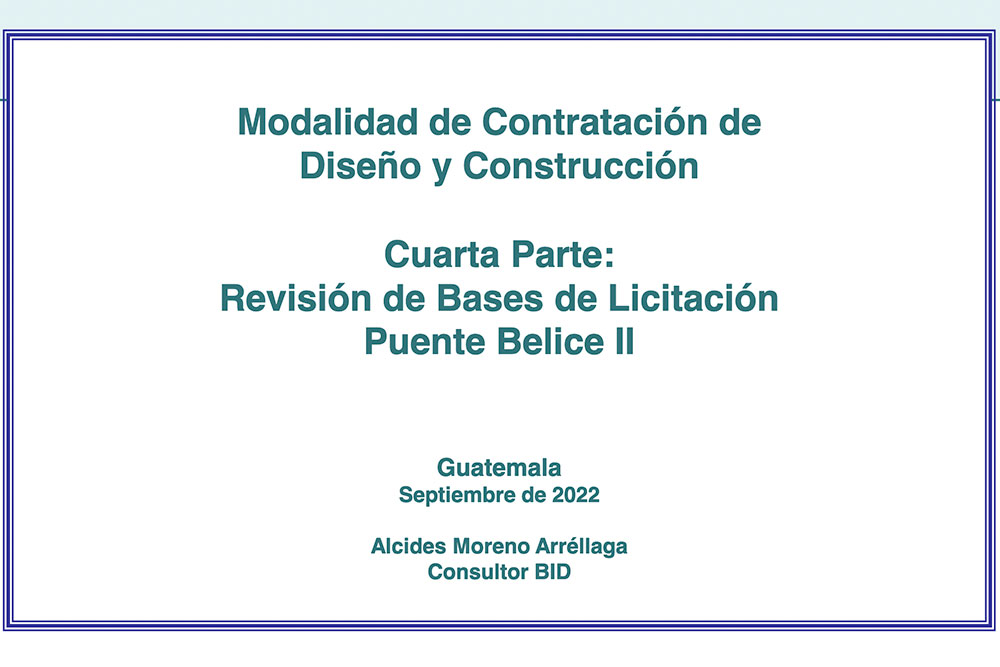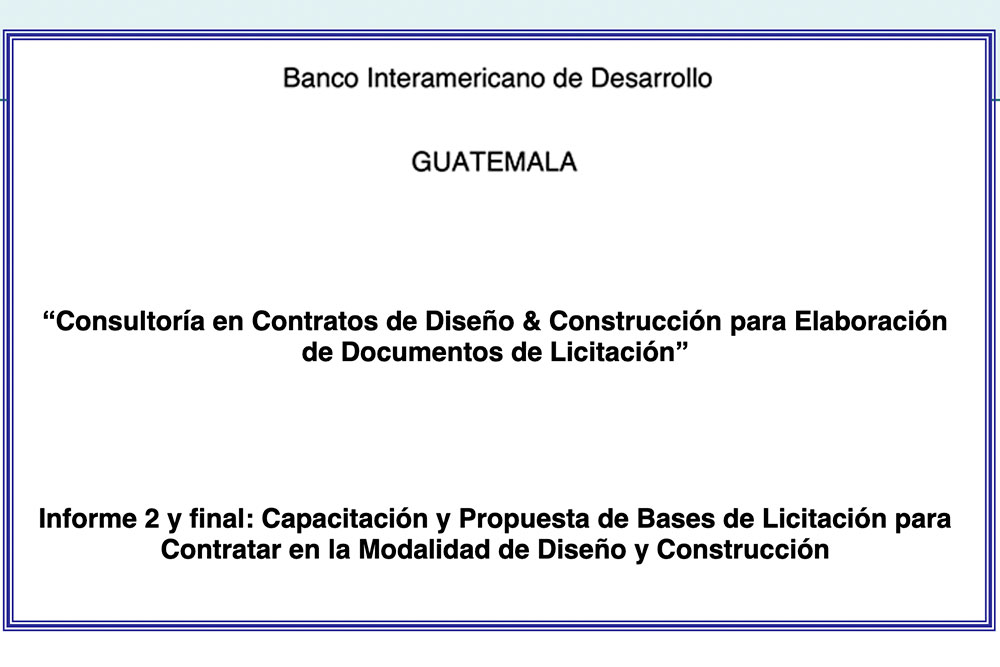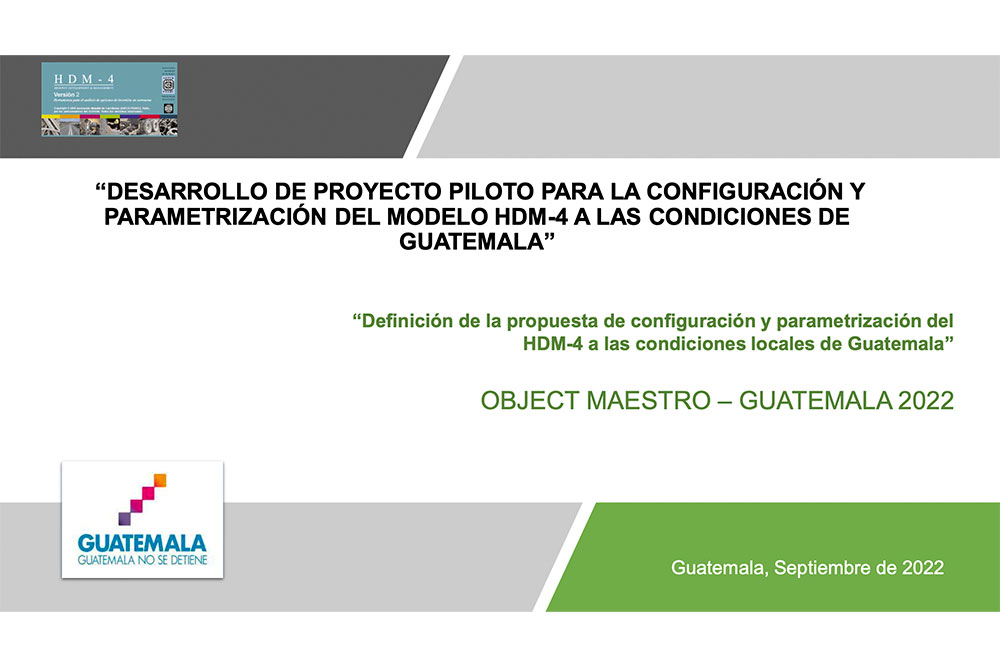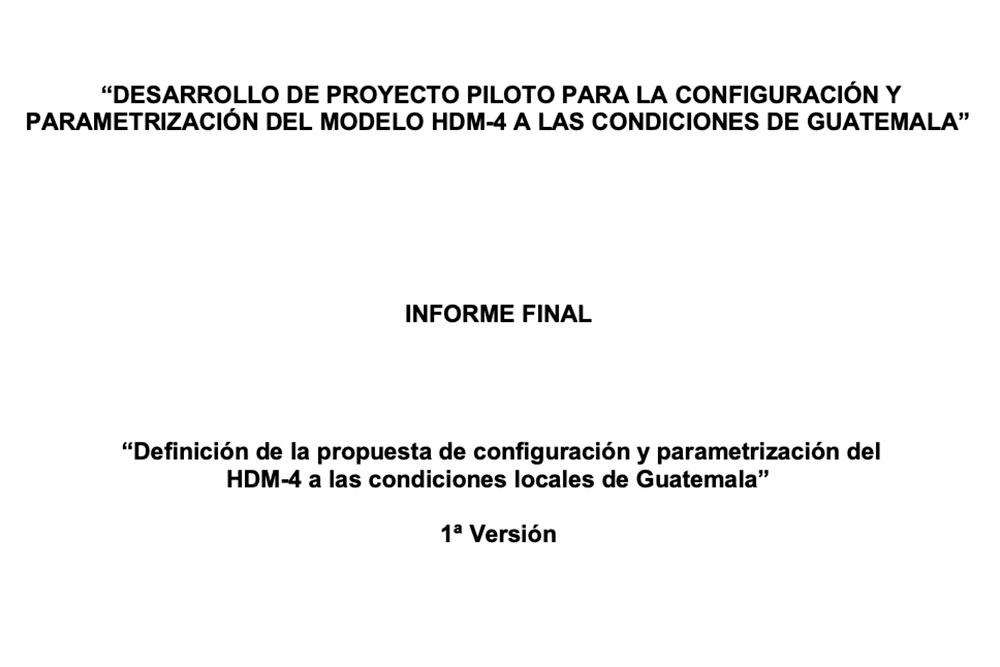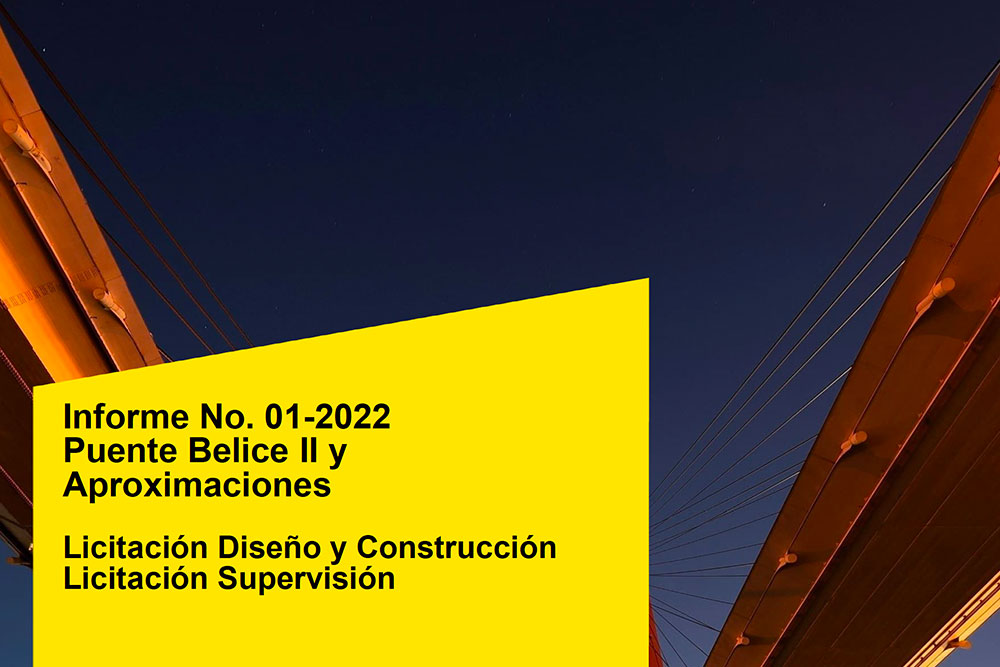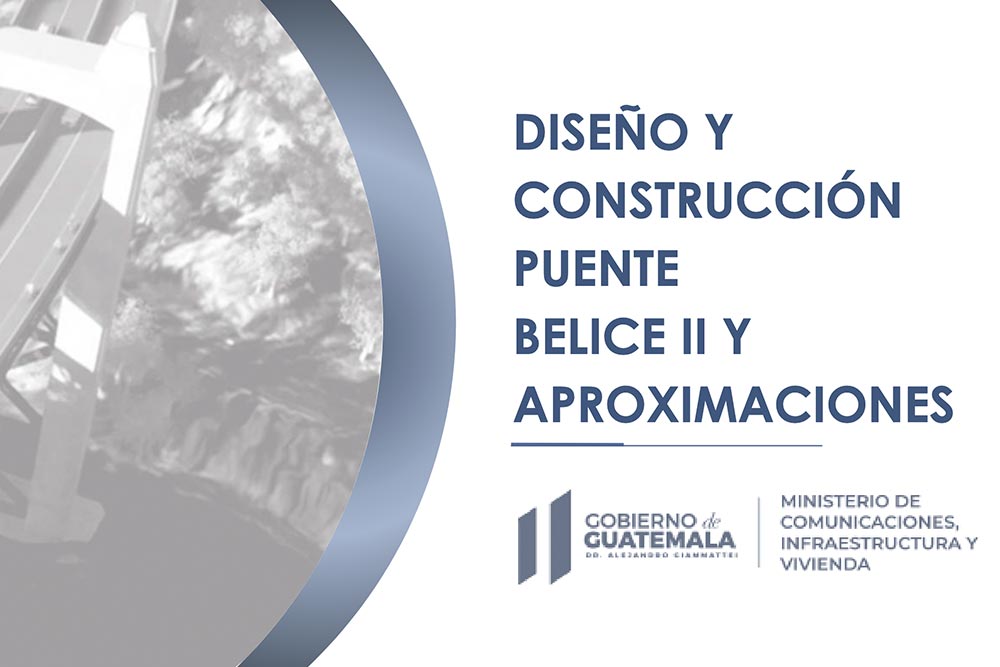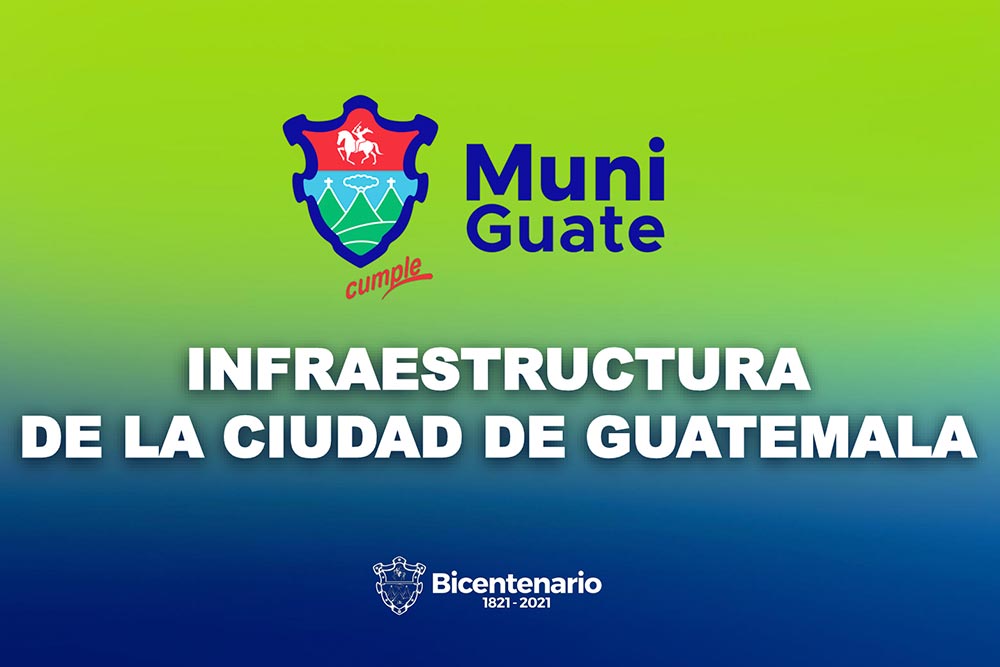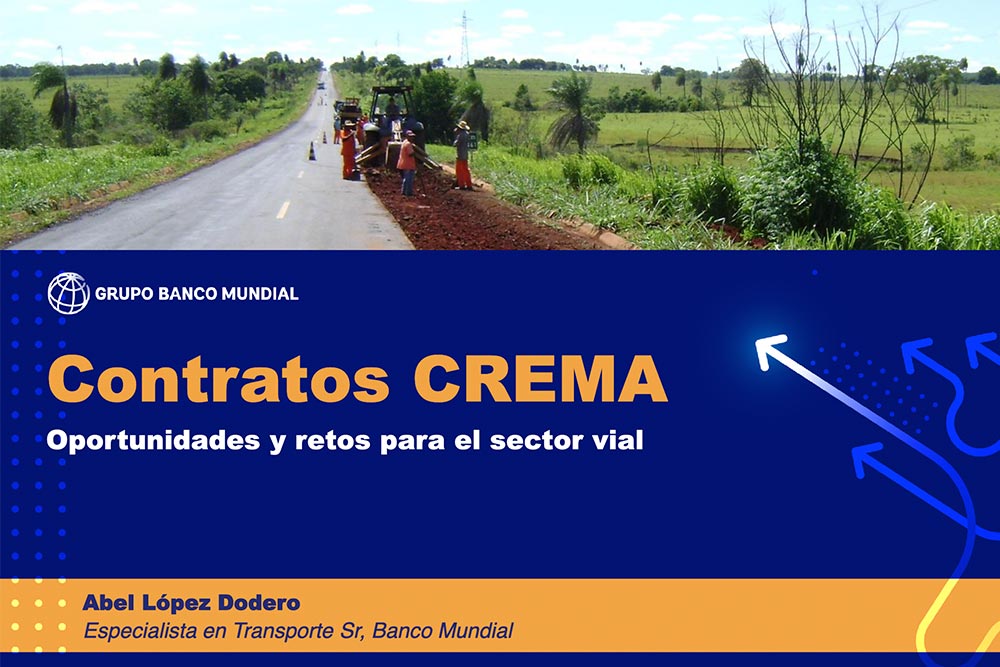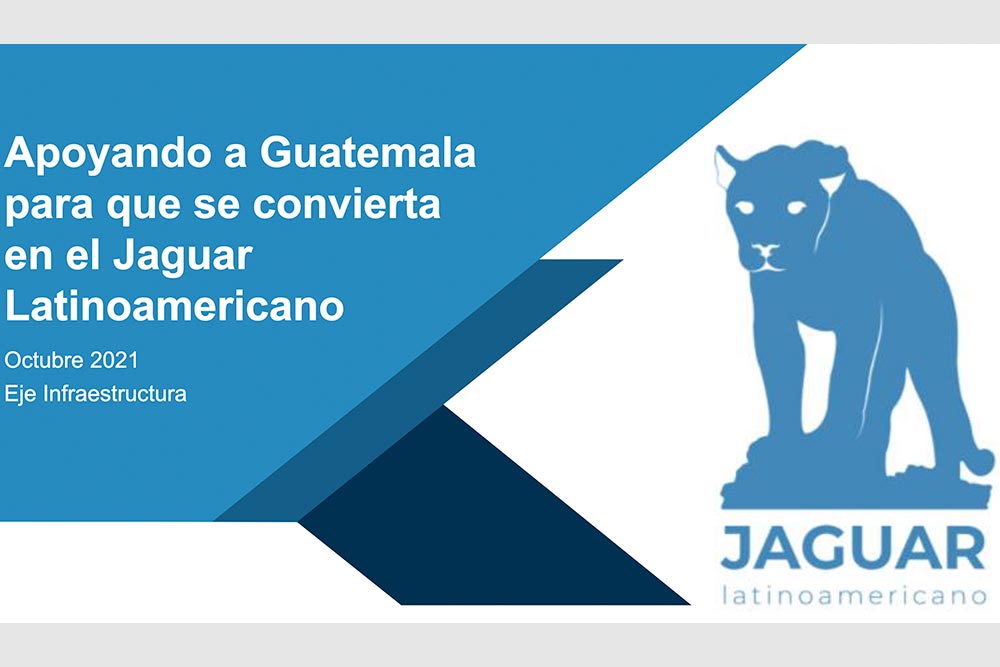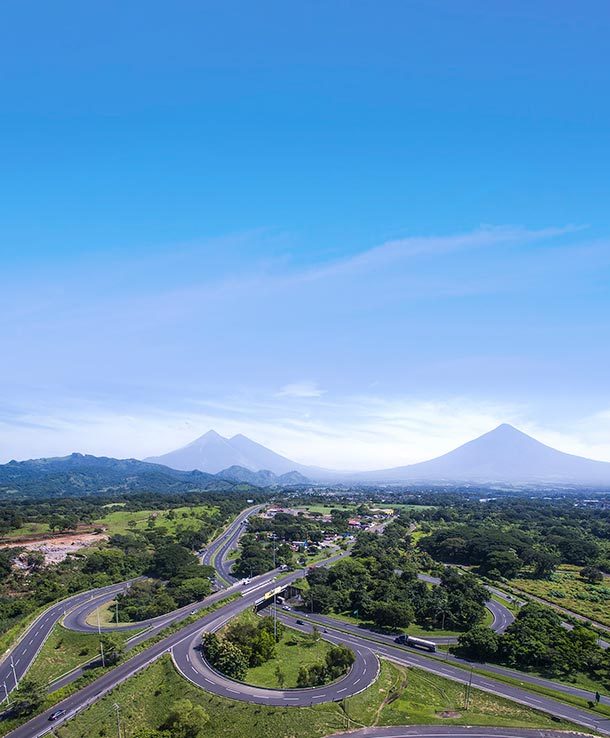
About
The Infrastructure Roundtable arose from the signing of the inter-institutional coordination agreement for infrastructure implementation and generation, which was signed on October 26, 2021;and serves as the foundation for effectively and efficiently meeting the infrastructure service needs of economic agents. The goal is to have a beneficial influence on the country's economic reactivation by attracting investment and promoting Guatemala's competitiveness.
The effort recognizes the need to improve the conditions of the country's strategic infrastructure (i.e. road, port, and border) in order to ensure greater and better mobility of people and goods, thereby reducing the identified competitiveness gaps and allowing Guatemala to increase exports and attract new investments in the products and sectors identified by "Guatemala Moving Forward."
Mission
To act as a go-between for the various public and private entities and institutions in charge of the country's physical infrastructure, collaborating in the promotion and execution of priority projects that allow for adequate and sustainable economic development, attracting foreign investment, improving competitiveness, and generating sources of employment, in order to raise the population's standard of living.
Vision
To have a resilient infrastructure that fulfills the demands of the country in an effective and efficient way.
- Increase funding for 52 specified infrastructure projects.
- Create a bundle of initiatives with a compelling story to build alignment around them.
- Create a National Infrastructure Plan that is formalized using project assessment and prioritizing procedures.
- Conduct feasibility assessments for projects at the concept stage.
- Develop the capabilities required to structure large-scale initiatives.
- Implement a transparent bidding procedure with incentives for bidders to ensure productivity.
- Increase the availability of best practices in the bidding process (e.g. allow contracting projects with designs).
- Ensure solid contract management systems are in place for project implementation (including, for example, control tower).
- Consolidate contract management capabilities, including contract dispute resolution processes.
- Create public credit channels to boost investment.
Develop institutional reforms that will aid in the acceleration of investment in productive infrastructure.
Events
- All
- 2022
- 2024
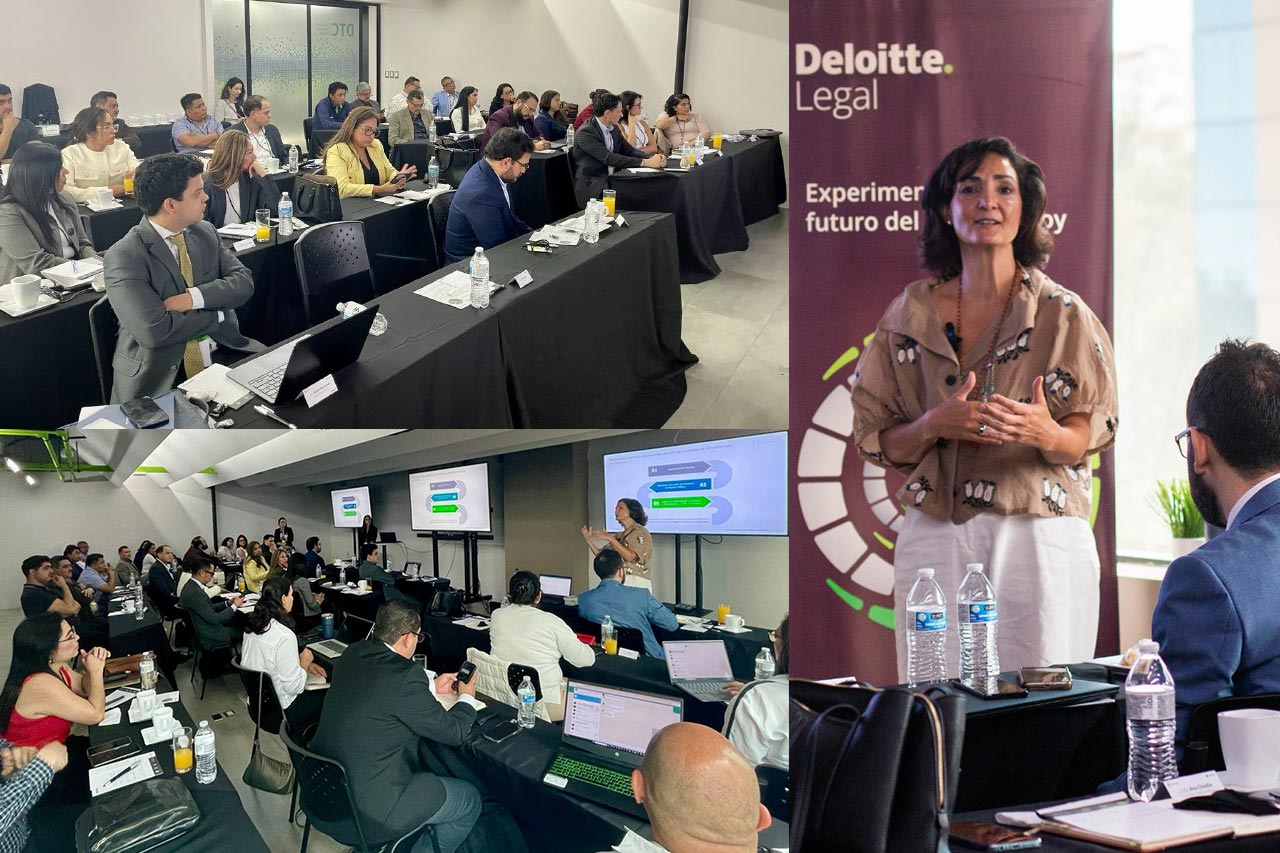
Subsoil Use Workshop
The Subsoil Use Workshop was held with the participation of MINFIN, RIC, municipalities, and various registries.
Belize II bridge and its approaches
The Belize II Bridge and its Approaches consist of the construction of a new alternative entrance and exit to Guatemala City from and to the Central American highway CA-9 North, which includes the construction of a new 270-meter-long bridge structure and 5.1 kilometers of infrastructure known as "Approaches."

Workshop: Planning and Evaluation of Road Initiatives through the Application of the HDM-4 Tool
As part of the Inter-Institutional Coordination Agreement for the Implementation and Development of Strategic Infrastructure, under the Guatemala No Se Detiene initiative, the official handover was made to the Ministry of Communications, Infrastructure, and Housing of the “Object HDM-4 (Highway Development and Management System) Version 1.0 for Guatemala.” HDM-4 is a tool that enables the Ministry of Communications to analyze the country’s road infrastructure. It is designed to support decision-making related to the management, maintenance, and rehabilitation of road pavement networks, primarily used for strategic planning, intervention scheduling, and the technical-economic evaluation of maintenance plans and policies.


